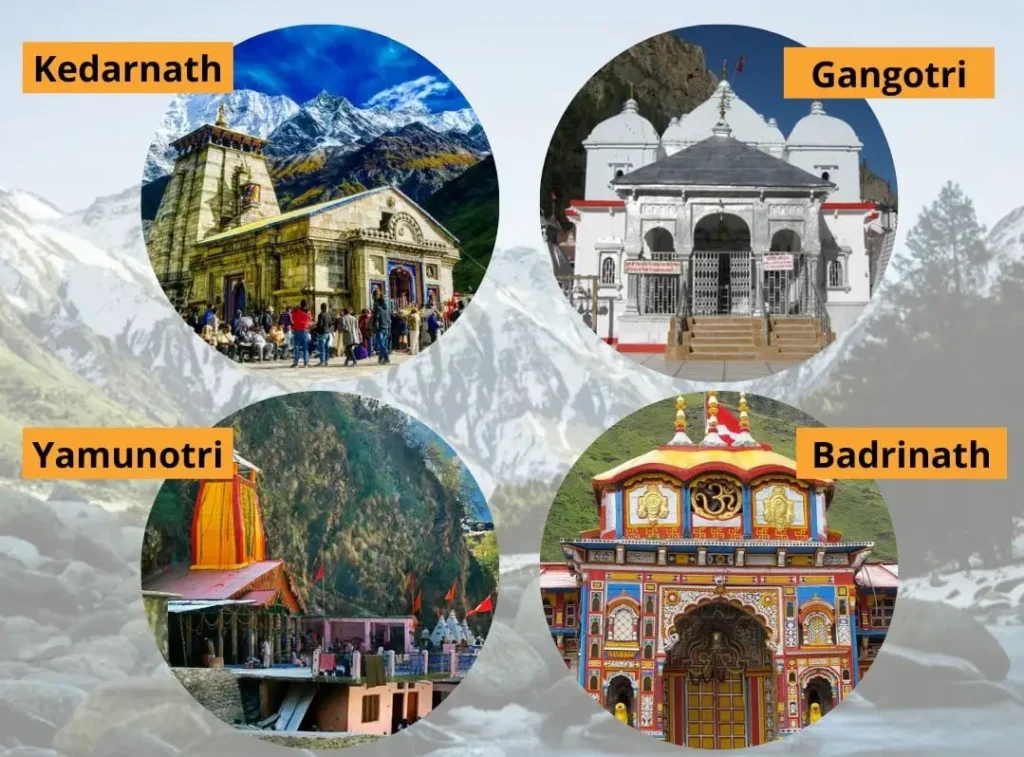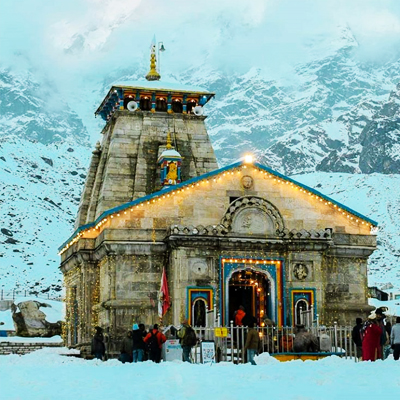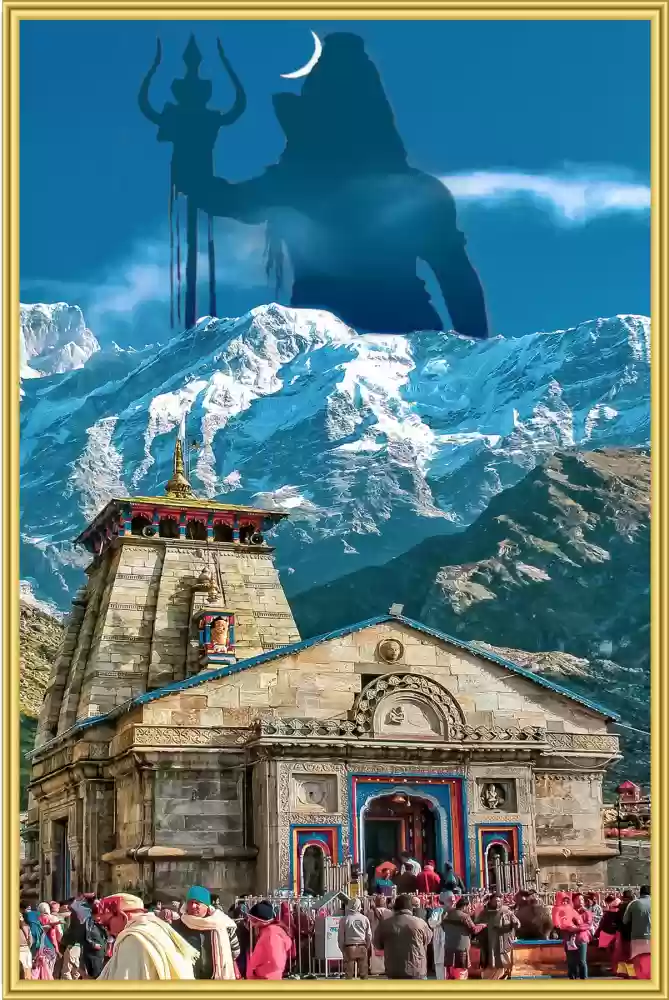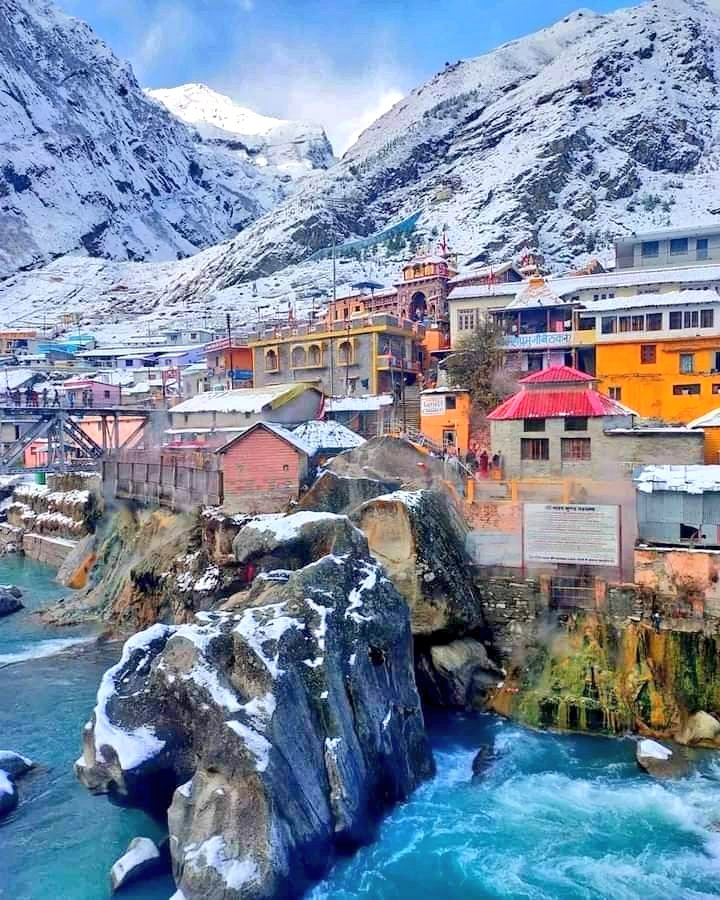The Char Dham Yatra, comprising Yamunotri, Gangotri, Kedarnath, and Badrinath, is one of the most revered pilgrimages in Hinduism. This journey holds spiritual significance for countless devotees seeking blessings and divine grace. However, embarking on this sacred journey can often seem financially daunting. In this guide, we will explore how to undertake the Char Dham Yatra on a budget without compromising the spiritual experience..

Understanding the Char Dham Yatra
The Char Dham Yatra refers to a pilgrimage to four sacred shrines located in the Indian state of Uttarakhand:

Yamunotri: The source of the Yamuna River, this temple is dedicated to Goddess Yamuna.
Gangotri: The origin of the Ganges River, this shrine honors Goddess Ganga.
Kedarnath: Located at a high altitude, this temple is dedicated to Lord Shiva.
Badrinath: Situated in the Garhwal Himalayas, it is dedicated to Lord Vishnu.
Planning Your Budget-Friendly Char Dham Tour
1. Choose the Right Time to Visit
The Char Dham temples are open from late April to early November, with peak season being June to September. To save money, consider traveling during the shoulder months (April-May or October-November) when prices for accommodation and travel are lower, and the crowds are fewer.
2. Opt for Affordable Transportation
Road Travel: The most cost-effective way to reach Char Dham is by road. You can take a bus or hire a shared taxi. State-run buses and private operators offer affordable options. The journey from major cities like Delhi or Haridwar to Char Dham is long, so budget for a comfortable but economical option.
Train and Bus Combo: Consider taking a train to a major city like Haridwar or Rishikesh and then boarding a budget bus to the Char Dham region. This approach is often cheaper than hiring a private vehicle for the entire journey.


3. Book Budget Accommodations
Guesthouses and Dharamshalas: Instead of staying in luxury hotels, opt for guesthouses, dharamshalas (pilgrim rest houses), or budget hotels. These are often managed by local trusts or organizations and provide basic amenities at a fraction of the cost.
Shared Accommodation: For solo travelers, sharing a room with fellow pilgrims can reduce costs. Many budget accommodations offer dormitory-style rooms or shared facilities.
4. Consider a Group Tour
Group Packages: Many travel agencies offer group tours at discounted rates. These packages often include transportation, accommodation, and meals. Group tours can be a cost-effective way to experience Char Dham as they leverage economies of scale.
DIY Group Travel: If you have a group of friends or family members, organizing a DIY tour can save money. Pool resources for transportation and accommodation, and manage the itinerary yourselves.
5. Budget-Friendly Meal Options
Local Eateries: Instead of dining at expensive restaurants, eat at local dhabas or eateries. These places offer wholesome meals at reasonable prices and give you a chance to experience local cuisine.
Self-Catering: Some budget accommodations provide kitchen facilities. Purchasing groceries and preparing your own meals can further reduce costs.
6. Plan Your Itinerary Wisely
Prioritize Temples: If time and budget are constraints, consider focusing on the most significant temples. For instance, some pilgrims choose to visit only Kedarnath and Badrinath, which are often considered the most important.
Avoid Peak Days: Traveling on weekdays or during off-peak times can help you avoid the rush and higher costs associated with peak pilgrimage periods.
Tips for a Smooth Budget Trip
- Carry Cash: Many areas in the Char Dham region may not have access to ATMs or card facilities. Carry sufficient cash for expenses and emergencies.
- Health and Safety: Ensure you are physically fit for the high-altitude journey. Acclimatize yourself to the altitude to avoid altitude sickness. Pack essential medicines and health supplies.
- Pack Wisely: Bring comfortable clothing suitable for varying weather conditions. Sturdy footwear is essential for trekking to certain shrines.
- Travel Insurance: Consider purchasing travel insurance for added safety and coverage against unforeseen events.
Detailed Itinerary and Travel Tips
1. Yamunotri
- Travel Route: From Rishikesh/Haridwar, travel to Janki Chatti, the base for the trek to Yamunotri. This journey can be done by bus or shared taxi.
- Trek to Yamunotri: The 5 km trek from Janki Chatti to Yamunotri is steep. Ensure you wear comfortable trekking shoes and carry water and snacks.
- Accommodation: Basic lodges and dharamshalas are available in Janki Chatti. Booking in advance during peak season is recommended.
2. Gangotri
- Travel Route: From Yamunotri, travel to Gangotri via a shared taxi or bus. The journey offers stunning views of the Himalayan landscapes.
- Gangotri Temple: The temple is located at a high altitude. Make sure you stay hydrated and acclimatize before trekking.
- Accommodation: Several budget hotels and guesthouses are available in Gangotri. You might also find options in nearby villages like Bhairon Ghati.
3. Kedarnath
- Travel Route: From Gangotri, travel to Gaurikund, the base for the Kedarnath trek. Shared taxis or buses are available.
- Trek to Kedarnath: The trek is approximately 16 km and can be physically demanding. Consider hiring a pony or mule if trekking is challenging.
- Accommodation: Basic lodges and dharamshalas are available in Kedarnath. Due to high demand, pre-booking is crucial.
4. Badrinath
- Travel Route: From Kedarnath, travel to Badrinath via Joshimath. The road journey offers scenic beauty and is generally comfortable.
- Badrinath Temple: The temple is a major pilgrimage site and can get crowded. Arrive early to avoid long queues.
- Accommodation: Budget hotels and dharamshalas are available in Badrinath. Options are also available in nearby towns like Joshimath.
Tips for a Budget-Friendly Char Dham Yatra
1. Travel Smart
- Public Transport: Use state-run buses or shared taxis to save money. They are more economical compared to private vehicles.
- Book in Advance: During peak season, book transportation and accommodation in advance to avoid last-minute price hikes.
2. Accommodations
- Look for Discounts: Some budget accommodations offer discounts for early bookings or extended stays.
- Local Recommendations: Seek recommendations from fellow travelers or locals for affordable and comfortable places to stay.
3. Meals
- Eat Local: Opt for local eateries or dhabas for meals. They are significantly cheaper than hotels and offer authentic local cuisine.
- Pack Snacks: Carry non-perishable snacks and bottled water, especially for long treks or travel stretches.
4. Health and Safety
- Altitude Acclimatization: Spend a day acclimatizing at each high-altitude destination to prevent altitude sickness.
- First Aid Kit: Carry a basic first aid kit with medications for common ailments and altitude sickness.
5. Cultural Etiquette
- Respect Local Customs: Dress modestly and follow temple protocols. Many temples have specific dress codes and rules.
- Offer Respect: Maintain decorum in sacred spaces. Avoid loud conversations and photography where prohibited.
Additional Information for a Smooth Journey
1. Local Connectivity
- Mobile Network: Connectivity can be limited in remote areas. Consider getting a local SIM card with good coverage for emergencies.
- Wi-Fi Access: Many lodges and dharamshalas offer free Wi-Fi, but it may be limited or slow.
2. Environmental Responsibility
- Waste Management: Carry your trash back with you, especially in remote areas. Follow the principles of ‘leave no trace’.
- Conserve Resources: Use water and electricity responsibly, especially in high-altitude regions where resources can be scarce.
3. Emergency Contacts
- Local Authorities: Keep a list of local emergency contacts, including police stations, hospitals, and your accommodation’s contact information.
- Travel Insurance: Ensure your travel insurance covers medical emergencies, trip cancellations, and other unforeseen events.
Conclusion
Embarking on the Char Dham Yatra can be a deeply rewarding spiritual journey, even on a budget. With careful planning, cost-effective strategies for transportation and accommodation, and awareness of local customs, you can undertake this pilgrimage without overspending. The key is to be well-prepared, flexible, and mindful of your surroundings to make the most of this sacred adventure.
Additional Resources
Local Travel Agencies: Consult with agencies specializing in Char Dham tours for budget packages and tailored advice.
Online Forums and Travel Groups: Join forums and travel groups for updated information and advice from fellow pilgrims.








Leave a Reply